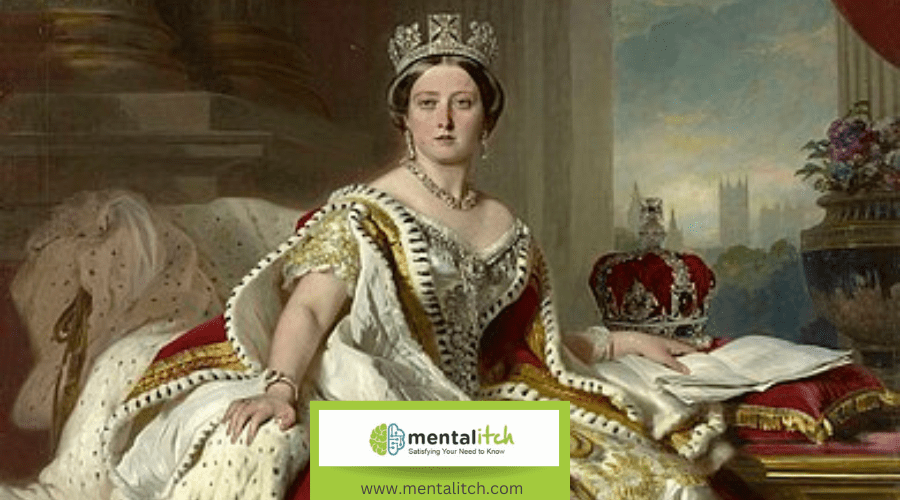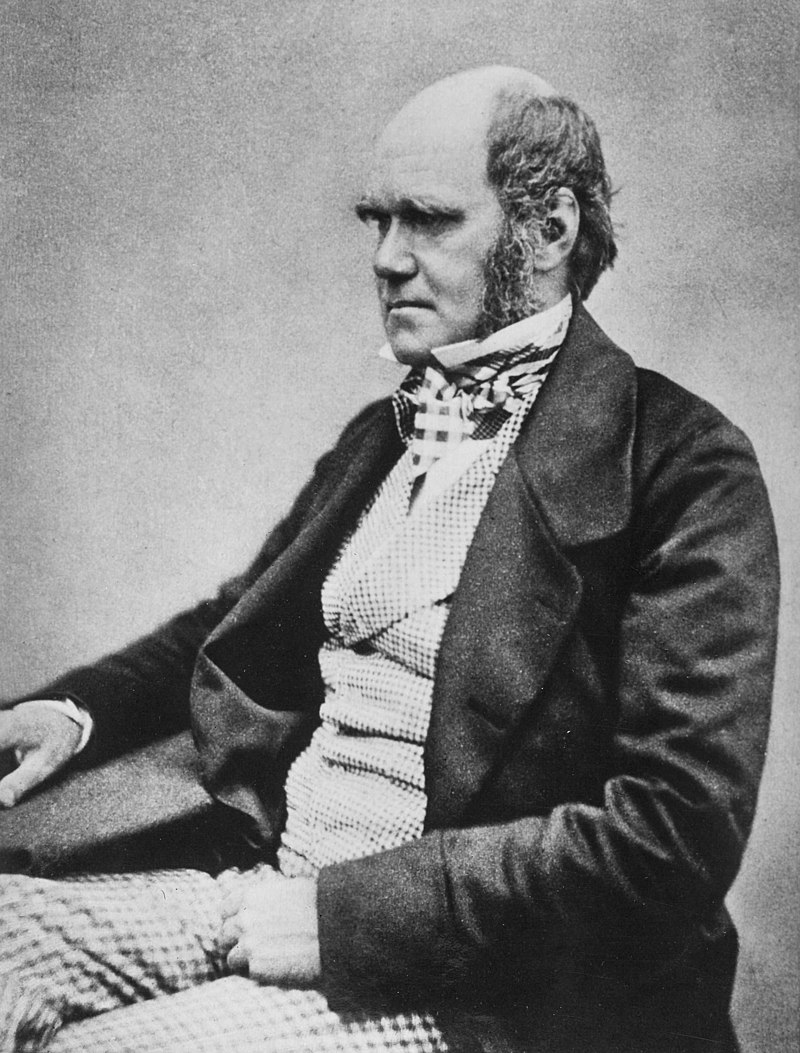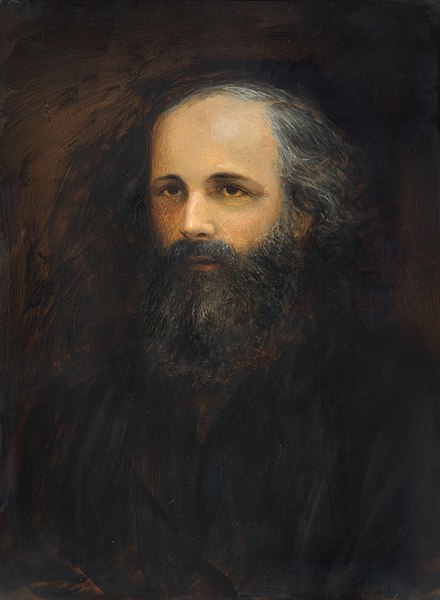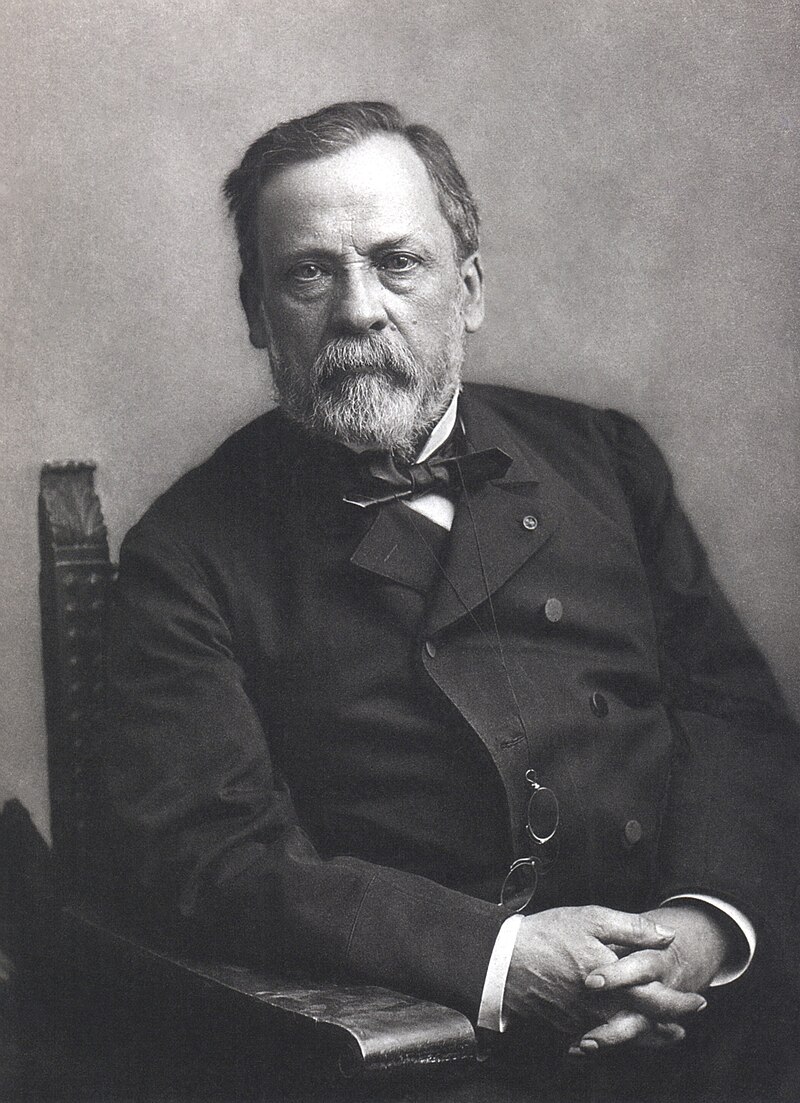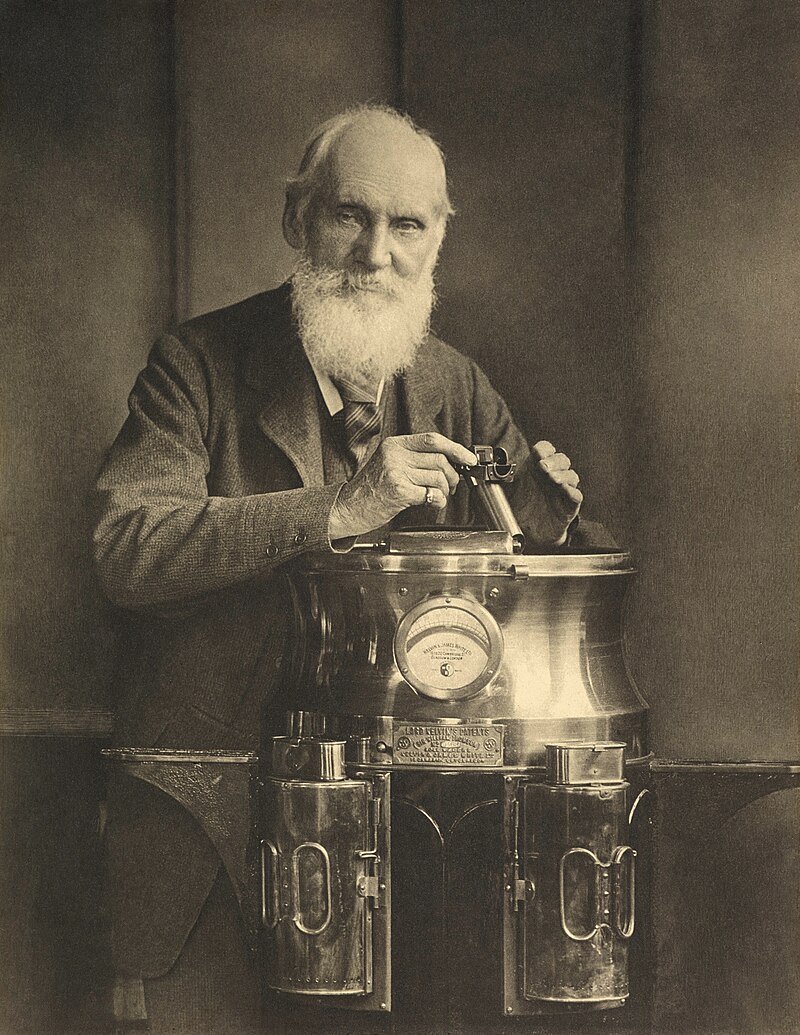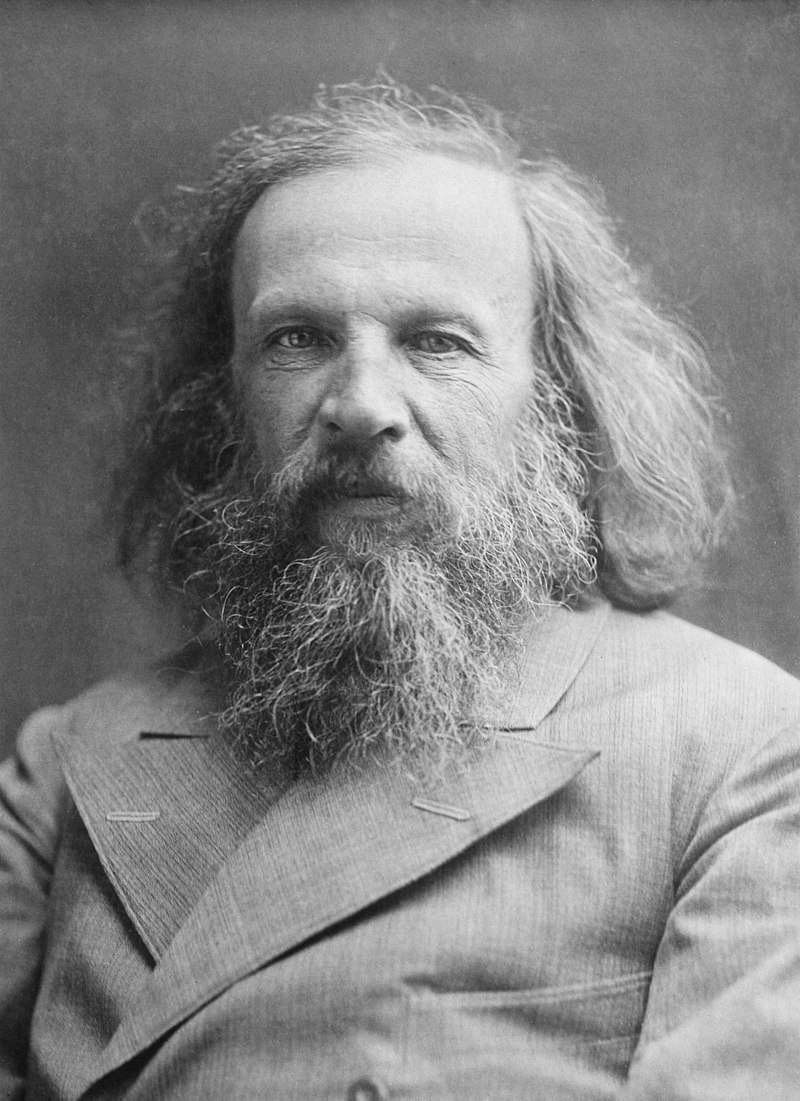Victorian visionaries ventured into the expansive unknown, crafting cornerstones of contemporary science. You’ll find that the breakthroughs birthed during this bustling era bear a significant stamp on today’s technological terrain. From Darwin’s daring delve into the depths of natural selection to Faraday’s foundational findings in electromagnetism, these pioneers paved pathways that persist in pushing our knowledge forward. But how exactly do these historical achievements anchor in the advancements we witness today?
Let’s explore the enduring impact of Victorian scientists, teasing at the threads that tie past insights to our present progress.
Darwin’s Evolutionary Theory
Charles Darwin’s groundbreaking theory of evolution by natural selection, disclosed in the Victorian era, fundamentally changed how we comprehend the diversity of life on Earth. When you explore Darwin’s work, particularly ‘On the Origin of Species’ published in 1859, you’re encountering the bedrock of modern evolutionary biology. This wasn’t just another scientific theory; it was a seismic shift in understanding, challenging both the religious and scientific norms of the time.
Darwin’s journey on the HMS Beagle wasn’t merely an adventure—it was a voyage that led him to formulate ideas that would challenge the very fabric of Victorian society’s understanding of biology and genetics. You see, before Darwin, the diversity of life was a puzzle without a clear explanation. The impact of his theory bridged gaps, offering insights that connected various biological dots from embryology to the fossil record.
Now, you might wonder about the lasting effects of Darwin’s theory. Well, they’re profound and pervasive. From shaping modern genetics to providing a framework for understanding ecological relationships, Darwin’s insights into natural selection continue to influence how we study and perceive the natural world. It’s not just a chapter in a biology textbook; it’s the narrative thread that weaves through the tapestry of life, illustrating the interconnectedness and adaptability of all living organisms.
Faraday’s Electromagnetic Discoveries
Building on the transformative insights of Darwin’s evolutionary theory, we now explore Michael Faraday’s groundbreaking experiments that unveiled the mysteries of electromagnetic induction, reshaping our understanding of electricity and magnetism. Faraday’s curiosity and rigorous experimentation not only laid the groundwork for modern electrical engineering but also transformed how you interact with technology today.
Consider these significant contributions:
- Discovery of Electromagnetic Induction: Faraday demonstrated how a changing magnetic field generates an electric current, a principle that’s the backbone of electric generators.
- Invention of the Electric Generator: His work enabled the development of devices that convert mechanical energy into electrical energy, powering your world.
- Development of Electric Motors: Faraday’s experiments with electromagnetic rotations paved the way for electric motors, crucial in everything from household appliances to electric vehicles.
- Faraday’s Laws of Electrolysis: These laws enhance our understanding of chemical reactions, influencing modern chemical processes and technologies.
Faraday’s electromagnetic discoveries are woven into the fabric of the modern technological landscape, from the transformers that adjust voltage in power lines to the electric vehicles revolutionizing transportation. Michael Faraday’s legacy is a demonstration to how curiosity-driven research can redefine our world.
Maxwell’s Electromagnetic Equations
In the 1860s, James Clerk Maxwell revolutionized our understanding of the natural world by formulating four fundamental equations that unified electricity and magnetism into a cohesive theory. You’ve likely heard of electromagnetism, but it was Maxwell’s equations that laid the groundwork for everything from the radio in your car to the light from the sun reaching Earth. His work was a monumental leap in the unification of physics, showing that electric and magnetic fields are intertwined and propagate through space as electromagnetic waves.
| Contribution | Impact |
|---|---|
| Unified Theory of Electromagnetism | Paved the way for modern electrical and communications technology |
| Predicted Electromagnetic Waves | Led to the development of radio, television, and more |
| Foundation for Relativity | Influenced Albert Einstein’s groundbreaking work |
| Unification in Physics | Marked a significant step in scientific progress |
Maxwell’s contributions during the Victorian era were not just about equations; they were about changing how we see the universe. His insights laid the foundations for much of modern physics, including aspects of Albert Einstein’s theory of relativity. It’s fascinating to think that the work done over a century ago continues to influence the technology and scientific understanding you rely on today. Maxwell’s equations were a true demonstration of the power of Victorian era scientific progress.
Mendel and Genetic Inheritance
Though often overlooked upon its initial presentation, Gregor Mendel’s meticulous experiments with pea plants in the mid-19th century fundamentally altered our understanding of genetic inheritance. As an Austrian monk, Mendel’s curiosity and scientific rigor led him to uncover the predictable patterns of how traits are passed down through generations.
His contributions can be distilled into several key points:
- Mendel’s Work with Pea Plants: By observing the inheritance of simple traits in pea plants, Mendel provided the first systematic study of how traits are transferred from parents to offspring.
- Discovery of Mendelian Genetics: Mendel’s research identified clear, predictable inheritance patterns, leading to the principles known as Mendelian genetics.
- The Laws of Inheritance: Mendel’s findings can be summarized by two fundamental laws – the law of segregation and the law of independent assortment. These laws laid the groundwork for all of genetic inheritance.
- Impact on Modern Genetics: Mendel’s once overlooked work is now recognized as the cornerstone of modern genetics, influencing fields from biotechnology to genetic engineering.
Mendel’s legacy in the domain of genetic inheritance is monumental, proving that the understanding of life at its most fundamental level can begin with the simplest of models: pea plants.
Pasteur’s Germ Theory
Moving from the genetic landscapes discovered by Mendel, let’s explore how Louis Pasteur’s germ theory fundamentally changed our approach to medicine and public health. Pasteur’s groundbreaking work demonstrated that microorganisms are the culprits behind infectious diseases, shattering the long-held belief in spontaneous generation. This revelation was monumental, steering the medical community towards new, more effective methods of combating illness.
Through his experiments, Pasteur introduced pasteurization, a method that’s still crucial today for making food safe and thwarting disease transmission. But he didn’t stop there. He ventured into the field of vaccination, crafting the first rabies vaccine and laying the groundwork for the field of immunology. Imagine, for a moment, the countless lives saved thanks to his pioneering efforts in vaccination.
Pasteur’s contributions didn’t merely end with these innovations. He’s also credited with establishing microbiology as a scientific discipline, underscoring the importance of understanding microorganisms in the fight against disease. His work has forever altered our grasp of health and disease, ensuring his legacy endures in the fields of immunology, microbiology, and beyond.
Lister’s Antiseptic Surgery
Building on Pasteur’s discoveries, Joseph Lister’s introduction of antiseptic surgery techniques drastically reduced infection rates and transformed surgical practices. By recognizing the role of microbes in infections, Lister pioneered the use of carbolic acid to sterilize surgical instruments and clean wounds. This marked a monumental shift in how surgeries were performed, focusing on preventing infections rather than just treating them. Here’s how Lister’s work reshaped the medical field:
- Introduction of Carbolic Acid: Lister’s use of carbolic acid as a disinfectant was revolutionary. It markedly lowered the risk of post-operative infections by sterilizing both the surgical instruments and the wounds.
- Reduction in Mortality Rates: With the adoption of antiseptic surgery, there was a dramatic decrease in mortality rates from surgical procedures. This success provided a strong foundation for the development of modern aseptic techniques.
- Emphasis on Hygiene: Lister’s methods instilled a new standard for cleanliness in medical practices, influencing hygiene protocols in hospitals and operating rooms.
- Foundation for Modern Surgical Protocols: The principles of antiseptic surgery laid down by Joseph Lister paved the way for the aseptic techniques used today, ensuring safer surgical environments and better patient outcomes.
Kelvin’s Thermodynamics
Frequently hailed as a pivotal figure in the domain of physics, Lord Kelvin’s groundbreaking work in thermodynamics has fundamentally shaped our understanding of energy conservation and heat transfer. You’ve probably heard of the term ‘Kelvin’ in your physics class, but do you know the man behind the name? Lord Kelvin was not just another scientist; his work on the first and second laws of thermodynamics laid the groundwork for how we comprehend the world around us.
During the height of the Industrial Revolution, Kelvin’s theories on the mechanical equivalent of heat revolutionized engineering, making possible the development of efficient steam engines and refrigeration systems. Imagine living in a world without proper refrigeration—Kelvin’s work helped guarantee you don’t have to. Additionally, his formulation of thermodynamic principles as a rigorous science provided a bridge between James Clerk Maxwell’s work on electricity and magnetism and the practical applications that drove the Industrial Revolution forward.
Kelvin’s legacy isn’t just a unit of temperature; it’s the very fabric of modern engineering and science. His work on energy conservation and heat transfer continues to influence advancements in energy efficiency and heat transfer technologies, proving that his influence extends far beyond his Victorian era beginnings.
The Rise of Natural History
During the Victorian era, natural history saw an unprecedented rise, largely thanks to the contributions of scientists like Charles Darwin and Alfred Russel Wallace. You’re stepping into a period where the fascination with the natural world wasn’t just a hobby—it was transforming into a rigorous scientific discipline. Darwin’s theory of evolution by natural selection set the stage, revolutionizing how we comprehend life on Earth.
Consider these pivotal aspects of the era:
- Evolutionary Theory: The groundbreaking work of Darwin and Wallace introduced the concept of evolution, fundamentally changing the study of natural history.
- Species Diversity and Evolutionary Processes: Victorian natural historians were deeply involved in documenting the vast diversity of life and the processes driving evolution.
- Scientific Illustrations and Expeditions: The era was marked by significant efforts in illustrating and documenting species, supported by global expeditions that expanded the known biodiversity.
- Key Institutions: The establishment of institutions and societies dedicated to natural history provided a fundamental infrastructure for the study and dissemination of knowledge about the natural world.
The Advent of Modern Chemistry
As the Victorian era unfolded, groundbreaking strides in chemistry emerged, reshaping our understanding of the elements and their profound interactions. You’re about to discover how pivotal this period was in birthing the field of modern chemistry. Let’s plunge into the heart of these transformative years.
Dmitri Mendeleev’s creation of the first periodic table in 1869 marked a revolution. Suddenly, the organization of chemical elements wasn’t just possible; it was clear and logical, predicting properties of yet-to-be-discovered elements. This wasn’t just a table; it was a prophecy of chemistry’s future.
Meanwhile, Friedrich Wöhler was challenging the very fabric of organic chemistry. His synthesis of urea from inorganic compounds in 1828 shattered the wall between living and non-living chemical compounds. It was a bold statement: organic compounds could be made from inorganic ones, setting the stage for endless possibilities in chemical synthesis.
John Dalton, not to be outdone, introduced atomic theory in 1803, transforming how scientists viewed chemical elements and their interactions. This wasn’t just about atoms; it was about the very foundation of chemical reactions, atomic structure, and the interactions that rule the universe.
In your journey through the Victorian era, you’ve seen how these scientists laid the groundwork for modern chemistry. Their discoveries in atomic theory, the periodic table, organic and inorganic compounds didn’t just change their world—they sculpted ours.
Conclusion
You’ve seen how Victorian-era scientists fundamentally shaped modern science. Darwin’s evolutionary theory challenged our understanding of life, while Faraday and Maxwell revealed the mysteries of electromagnetism. Mendel’s work laid the groundwork for genetics, and Pasteur and Lister revolutionized medicine with germ theory and antiseptic surgery. Kelvin’s insights into thermodynamics expanded our knowledge of heat and energy. Their pioneering efforts didn’t just advance their respective fields; they set the stage for the technological and scientific marvels you witness today.
